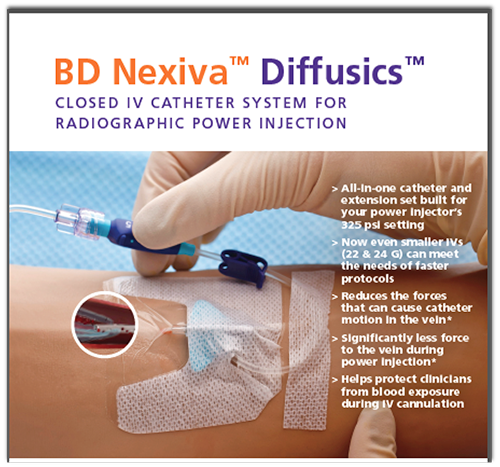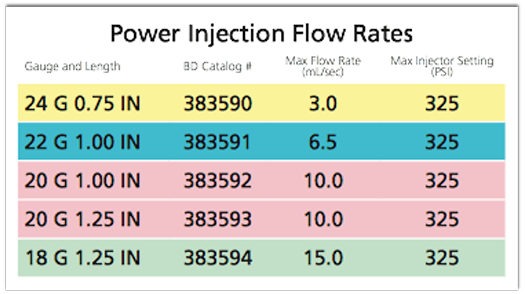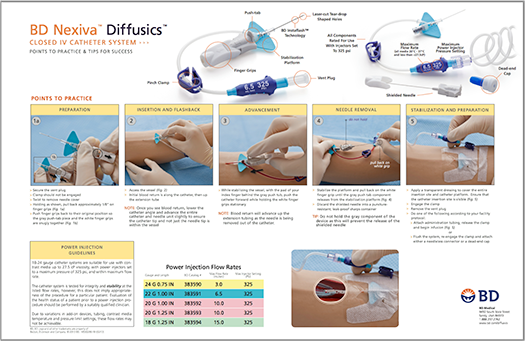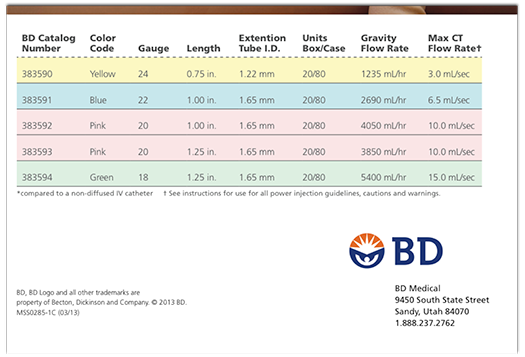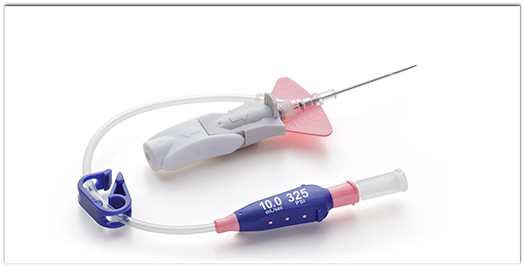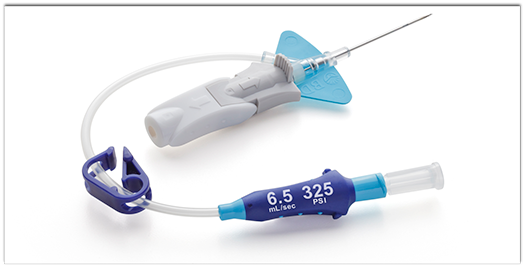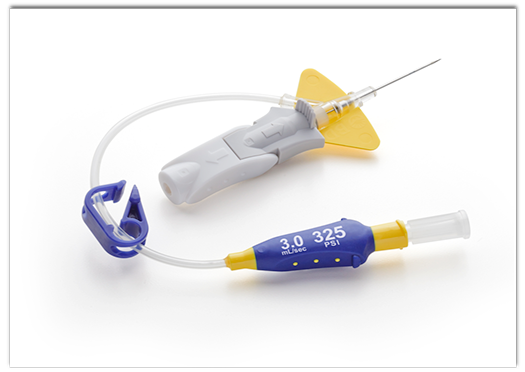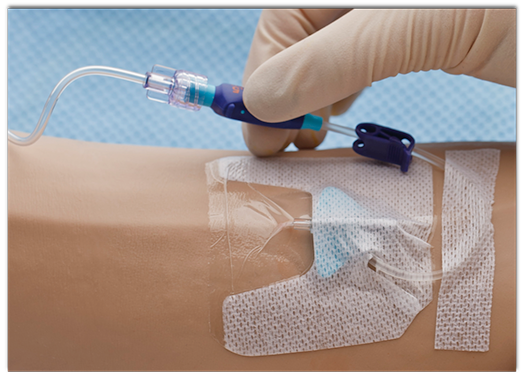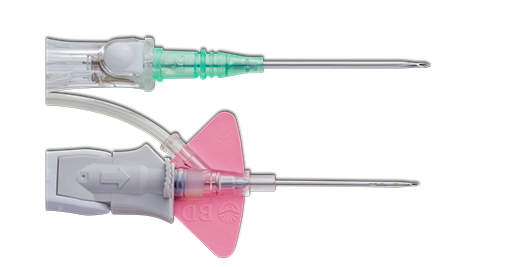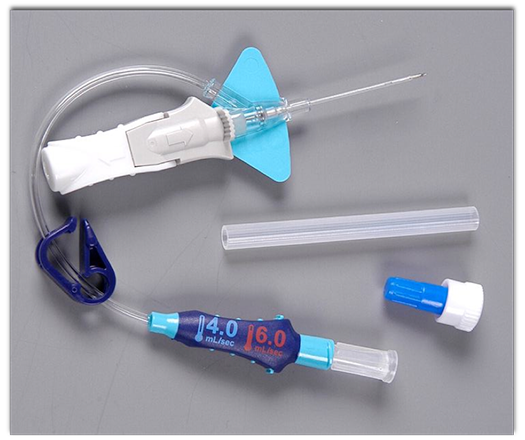IV Contrast
| 1. Why do we use IV contrast material? | |
| 2. Do you use serum creatinine levels or GFR in your practice for establishing risk prior to CT scanning? | |
| 3. What is GFR and why is it a more accurate measure than simply getting a creatinine level? | |
| 4. Why are GFR numbers different for Caucasians and African Americans? | |
| 5. Are all CT scans with IV contrast done the same way? | |
| 6. What type of IV contrast material do we use and why? | |
| 7. At what temperature do we store IV contrast material? | |
| 8. Why do you warm IV contrast? | |
| 9. What is the advantage of Visipaque as written in the literature? | |
| 10. When do you use Visipaque-320 and when Omnipaque-350? | |
| 11. Does the concentration of contrast mean that higher concentrations are better (AKA-isn’t a higher number better)? | |
| 12. What is the volume of IV contrast material we use? | |
| 13. What patients are considered high risk patients for IV contrast for CIN? | |
| 14. Do we have set cutoffs for creatinine levels and if so what are they? | |
| 15. Can we pretreat patients who have borderline renal function? If yes then how? | |
| 16. Should patients be NPO for CT scanning? If yes for how long? | |
| 17. What are the common volumes of contrast used for IV injection? | |
| 18. What kind of IV access is ideal for use for IV contrast injection? | |
| 19. Has there been any new developments in technology that may help us high injection rates in patients who can not tolerate an 18g needle (or at times even a 20g)? | |
| The answer is yes. This past year the Nexiva Diffusics catheter got FDA approval for use. This allow us to use smaller needles and still get high injection rates. The 20g Diffusics can inject up to 10 cc/sec and the 22g up to 6.5 cc/sec. This is a major step forward. IV Catheter Safety
"The purpose of this study was to compare the performance of a 20-gauge fenestrated catheter with an 18-gauge nonfenestrated catheter for i.v. contrast infusion during MDCT." I.v. contrast administration with dual source 128-MDCT: a randomized controlled study comparing 18-gauge nonfenestrated and 20-gauge fenestrated catheters for catheter placement success, infusion rate, image quality, and complications. "A 20-gauge fenestrated catheter performs similarly to an 18-gauge nonfenestrated catheter with respect to i.v. contrast infusion rates and aortic enhancement levels and can be placed in most subjects whose veins are deemed insufficient for an 18-gauge catheter." I.v. contrast administration with dual source 128-MDCT: a randomized controlled study comparing 18-gauge nonfenestrated and 20-gauge fenestrated catheters for catheter placement success, infusion rate, image quality, and complications. Hardware: IV Access Device
BD Nexiva Diffusics
BD Nexiva Diffusics
"Experienced IV starters usually achieve IV access in one attempt by tailoring IV catheter gauge to vein quality; however, target infusion rates are not likely to be achieved with 22- and 24-gauge catheters, used in nearly 1/3 of the patients in this study." Catheter insertion for intravenous (IV) contrast infusion in multidetector-row computed tomography (MDCT): defining how catheter caliber selection affects procedure of catheter insertion, IV contrast infusion rate, complication rate, and MDCT image quality. 20 G Nexiva Diffusics
22 G Nexiva Diffusics
24 G Nexiva Diffusics
Nexiva in Use
Standard 18g vs Nexiva 20g
Nexiva Kit
| |
| 20. Can any IV the patient has in place be used to inject the contrast material? | |
| 21. Can we use a central line or a PICC line for injection? | |
| 22. What about the new “purple PICC/central lines” I hear about? | |
| 23. What are some of the common normal “side effects” of IV contrast agents? | |
| 24. Is there a relationship between patients receiving chemotherapy and CIN? | |
| 25. Is it ok for patients to have both an MR and a CT with contrast on the same day? | |
| 26. Have you ever seen a patient develop diffuse erythema distal to the IV injection site in the absence of extravasation? | |
| 27. Patients often report a metallic taste in their mouth following use of IV iodinated contrast. Is there an explanation? | |
| 28. Are there any contrast volume limitations for the use of IV contrast? | |
| 29. Can you tell me a bit more about GFR and what it really means? |

